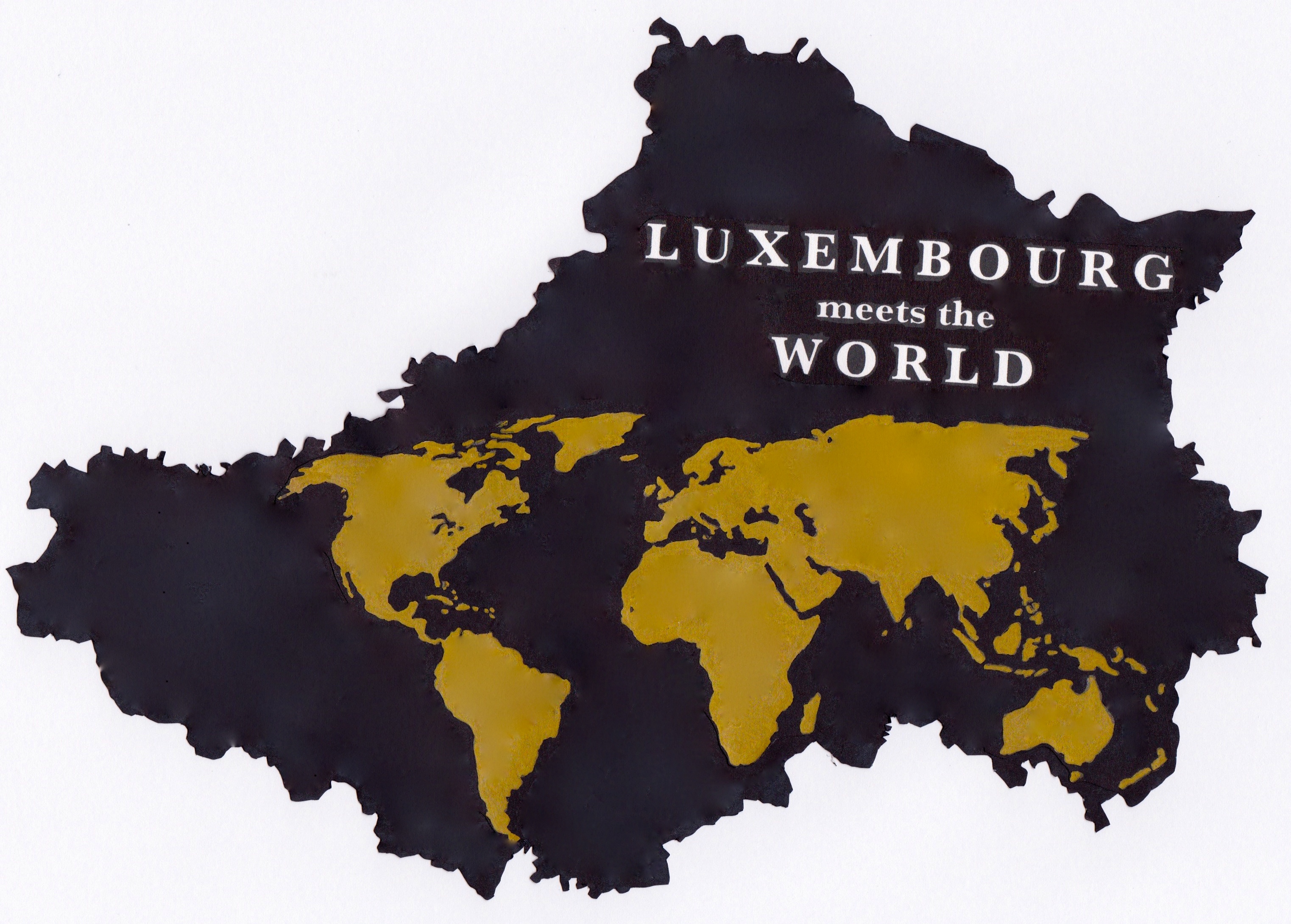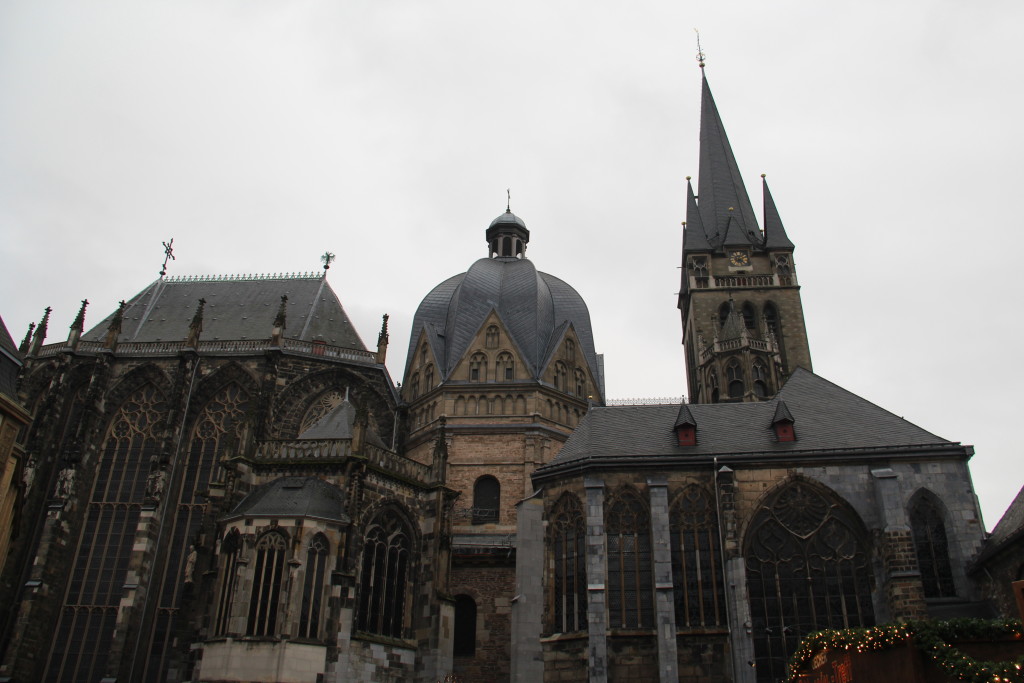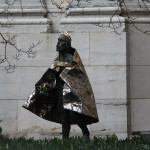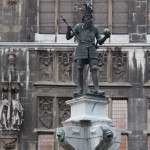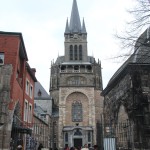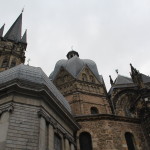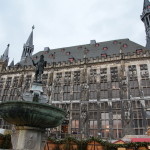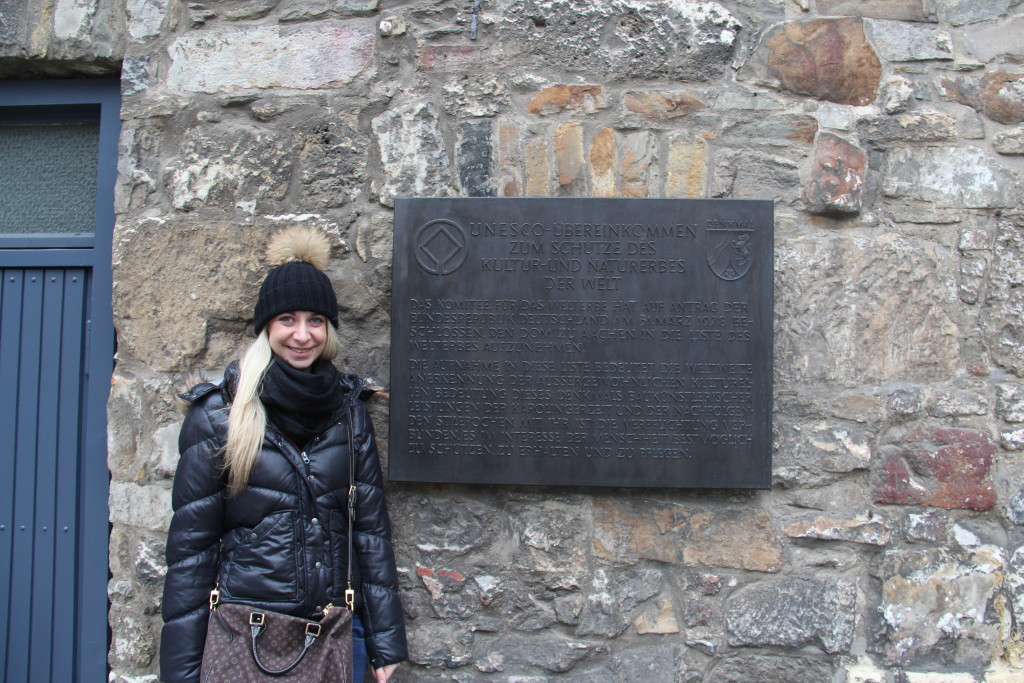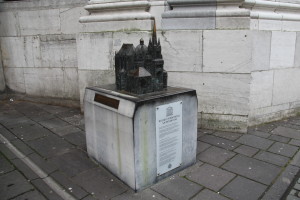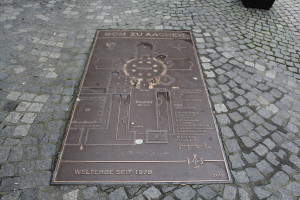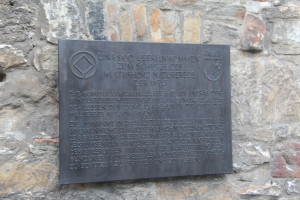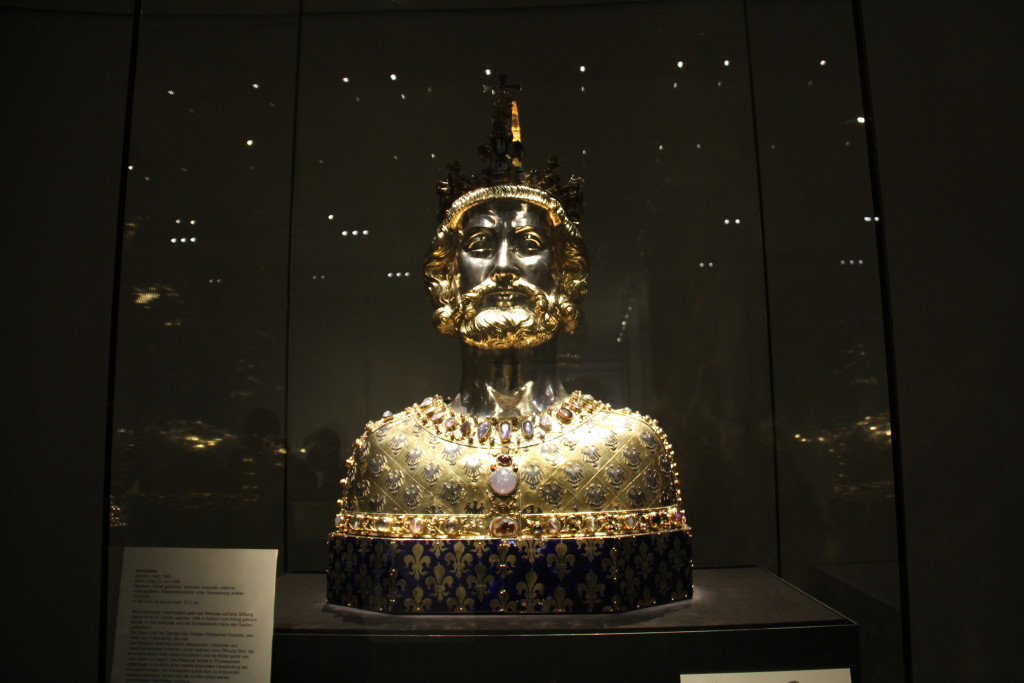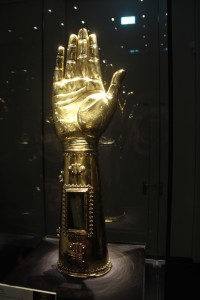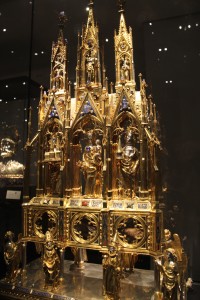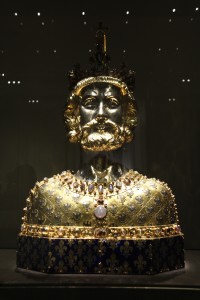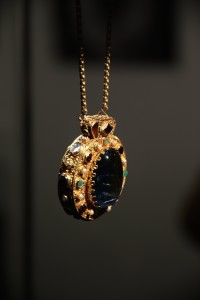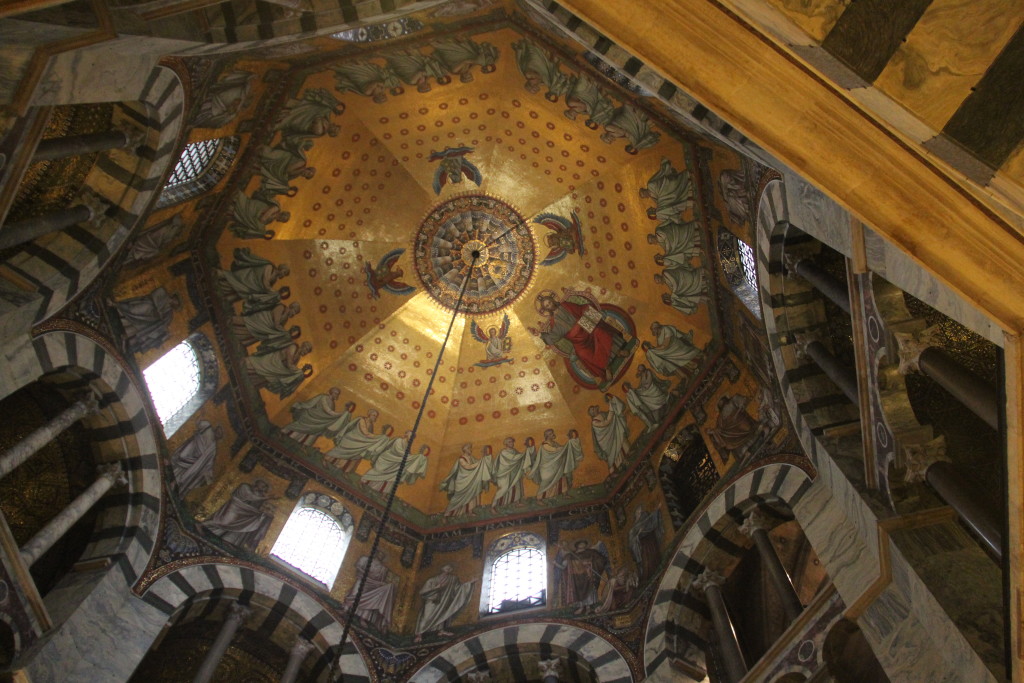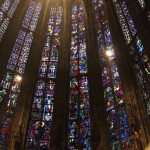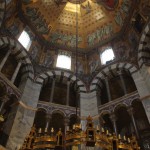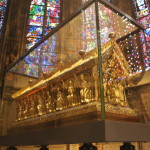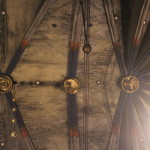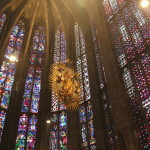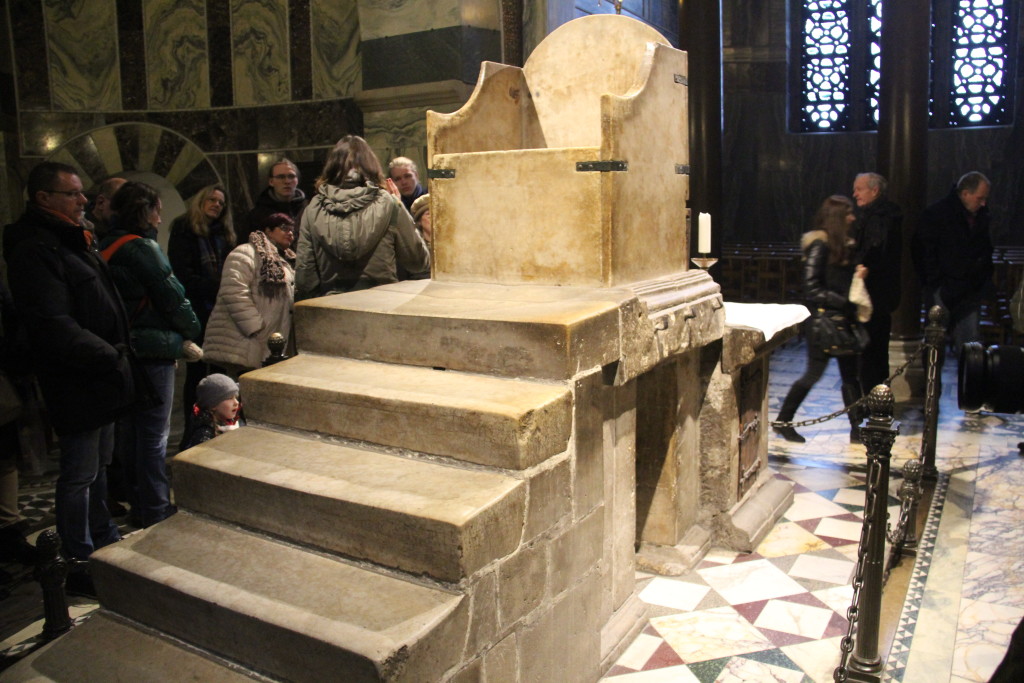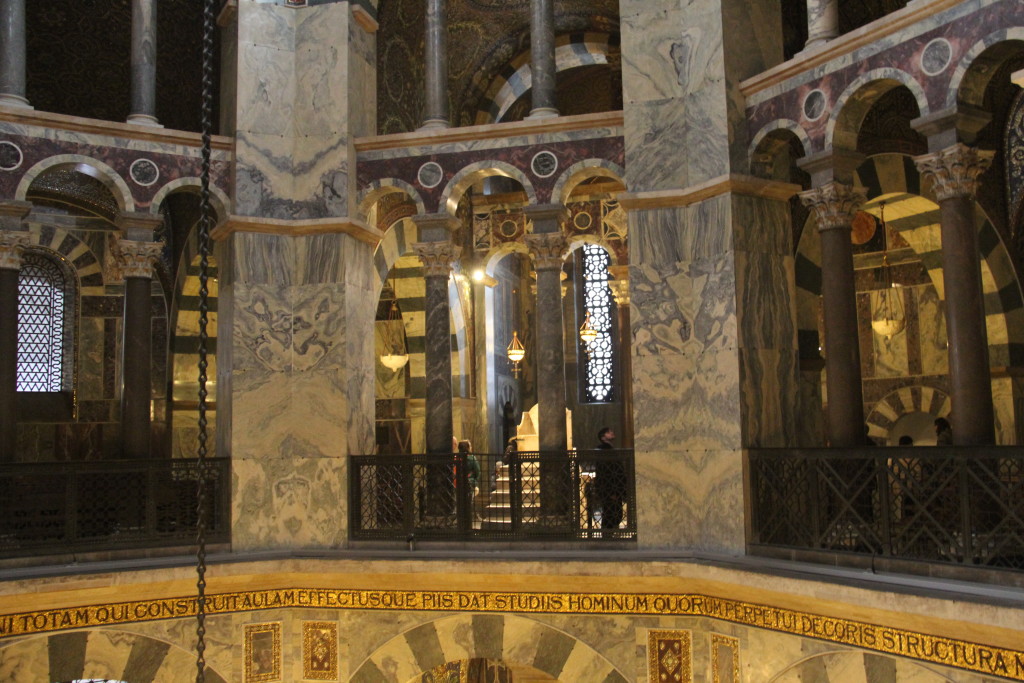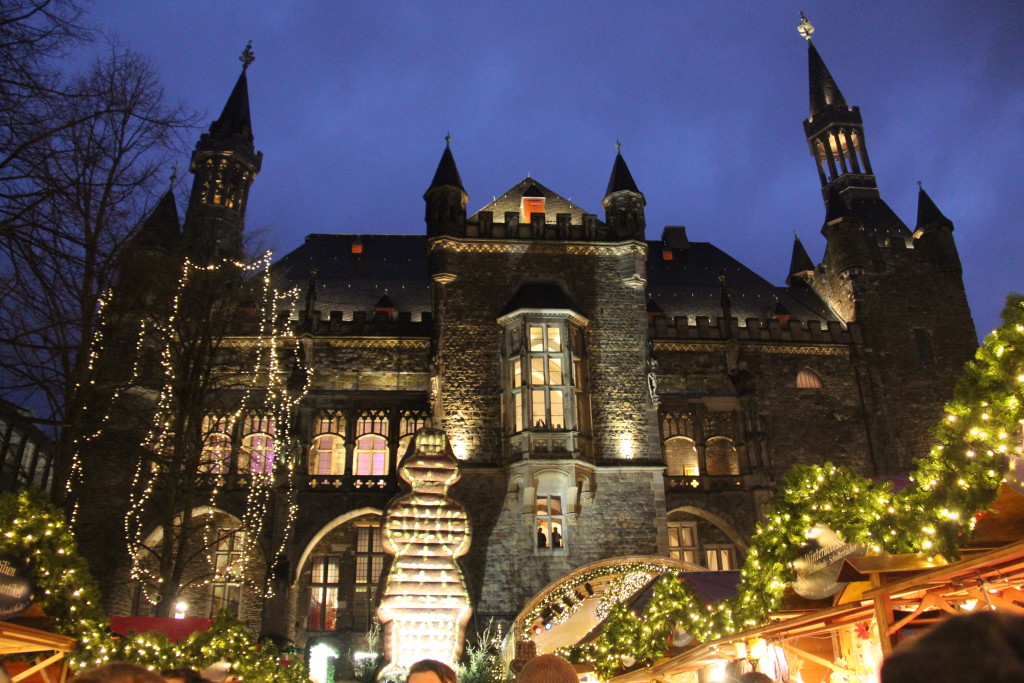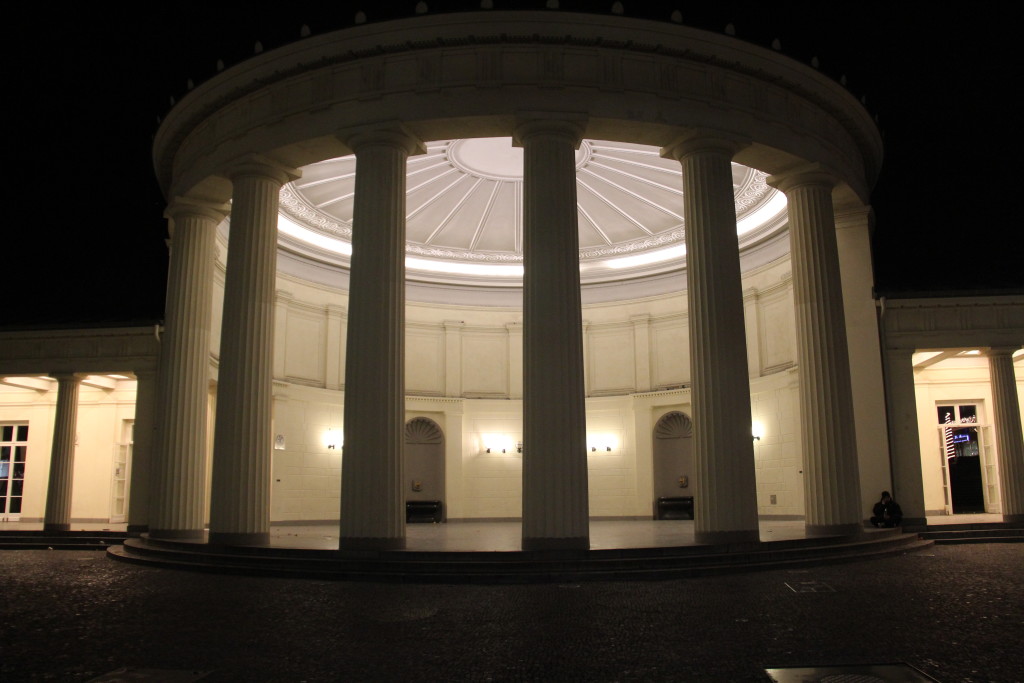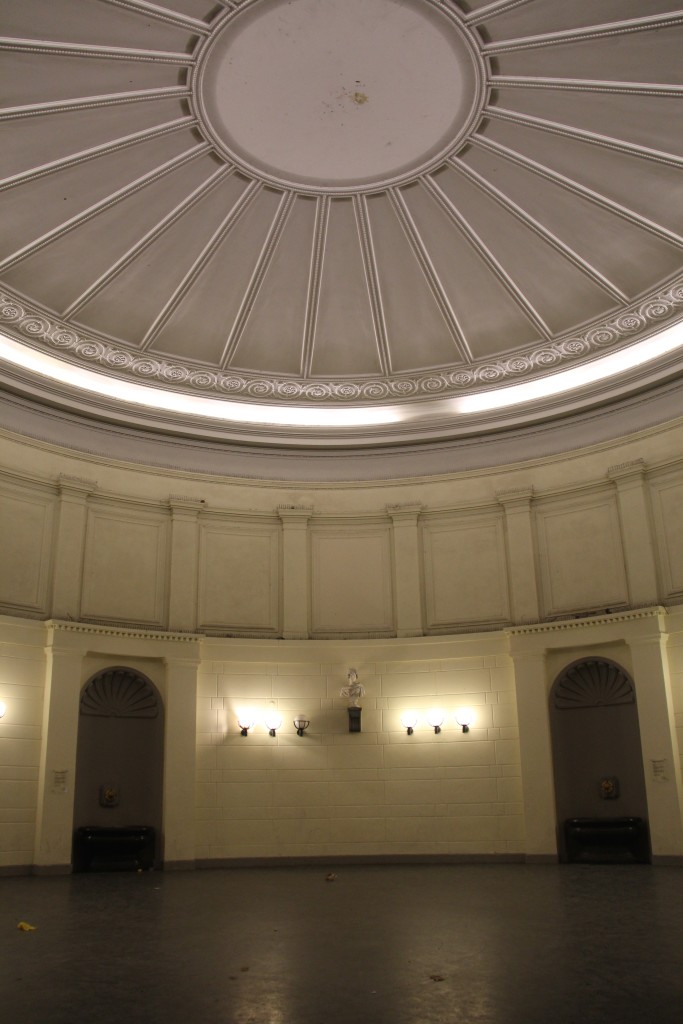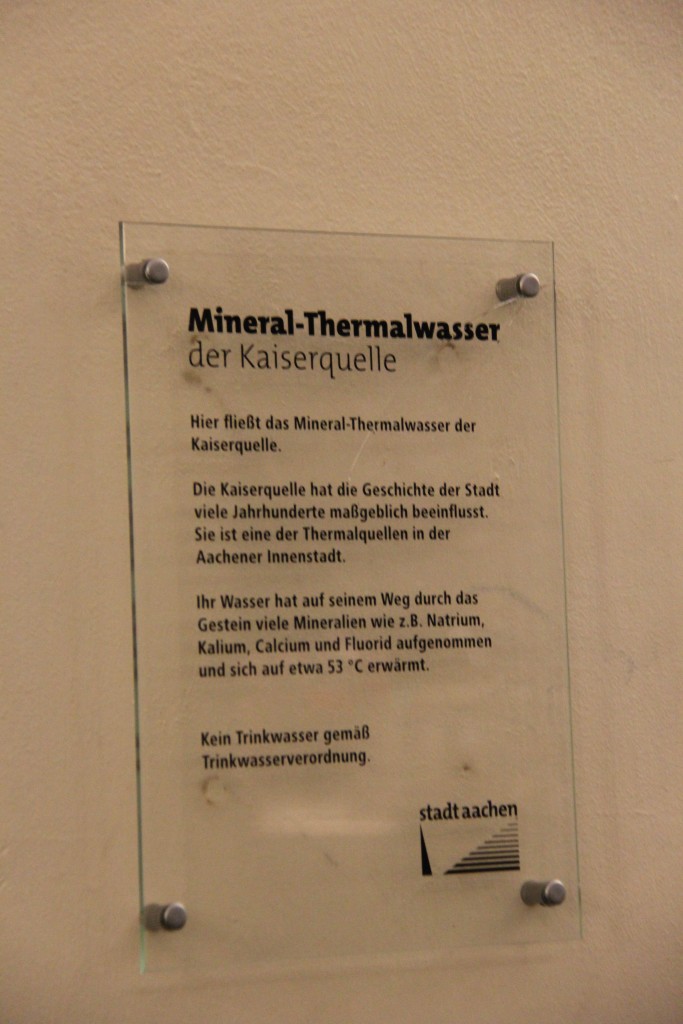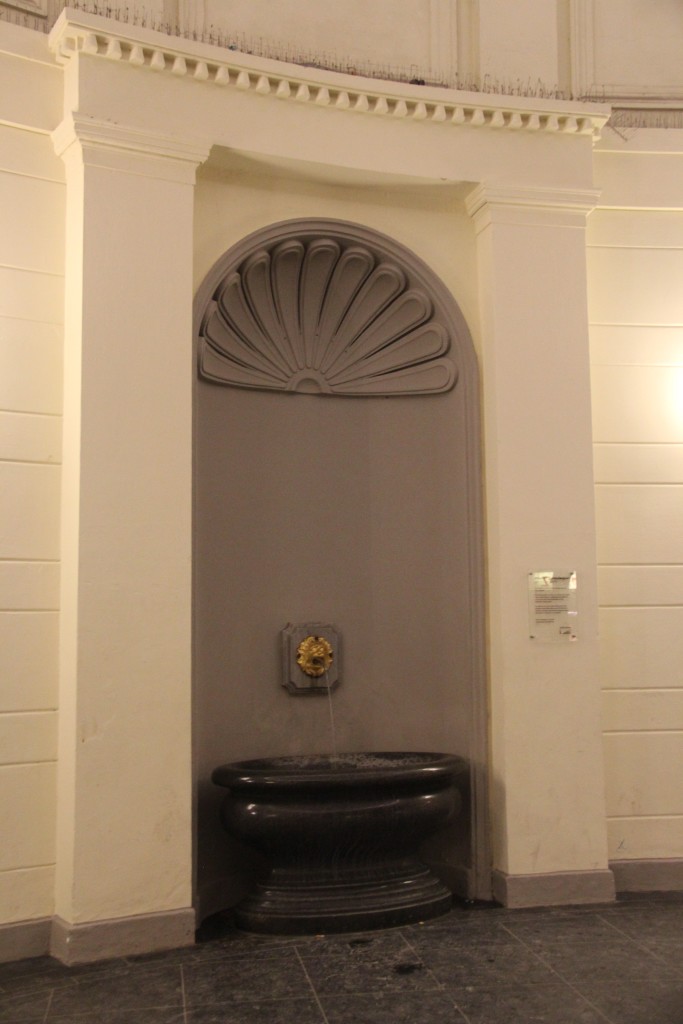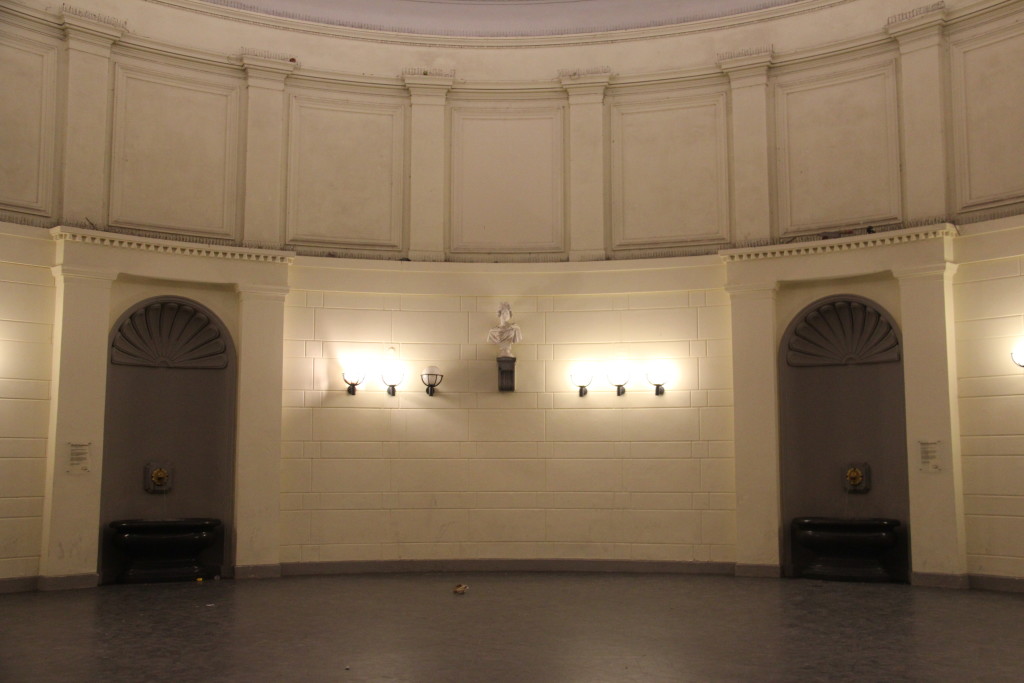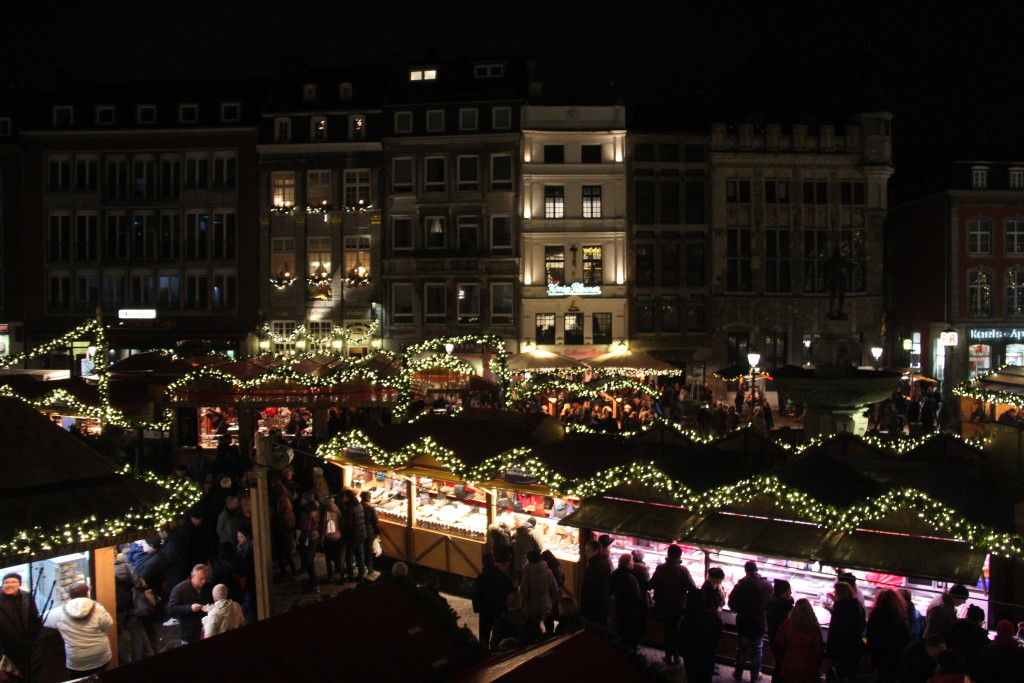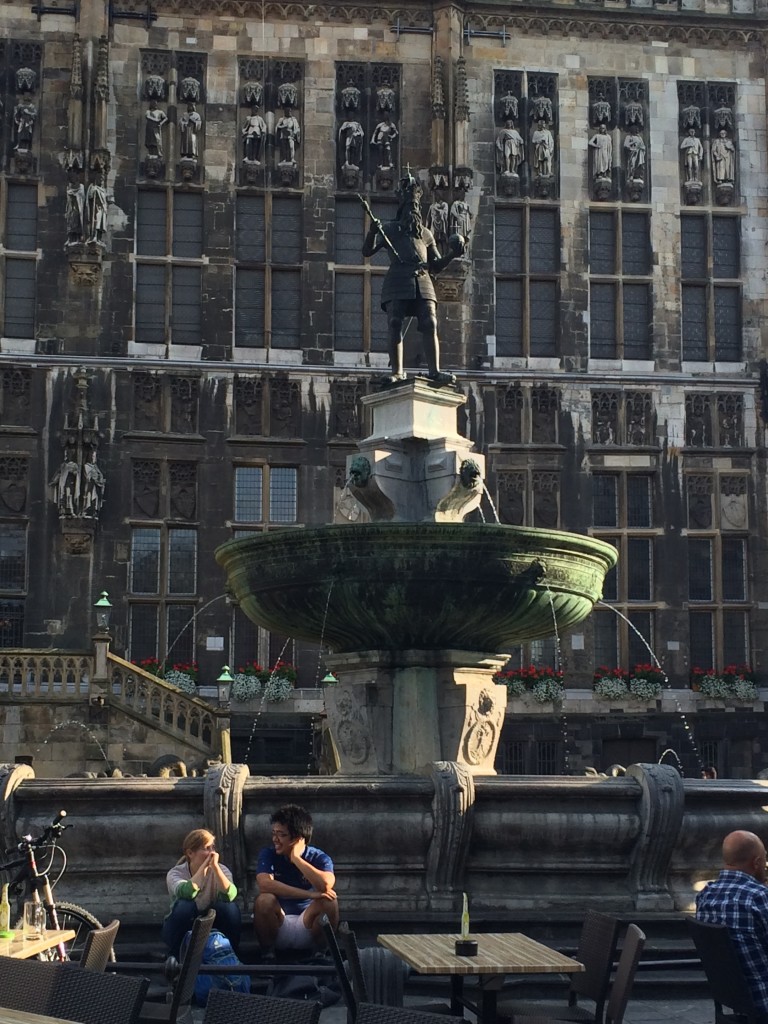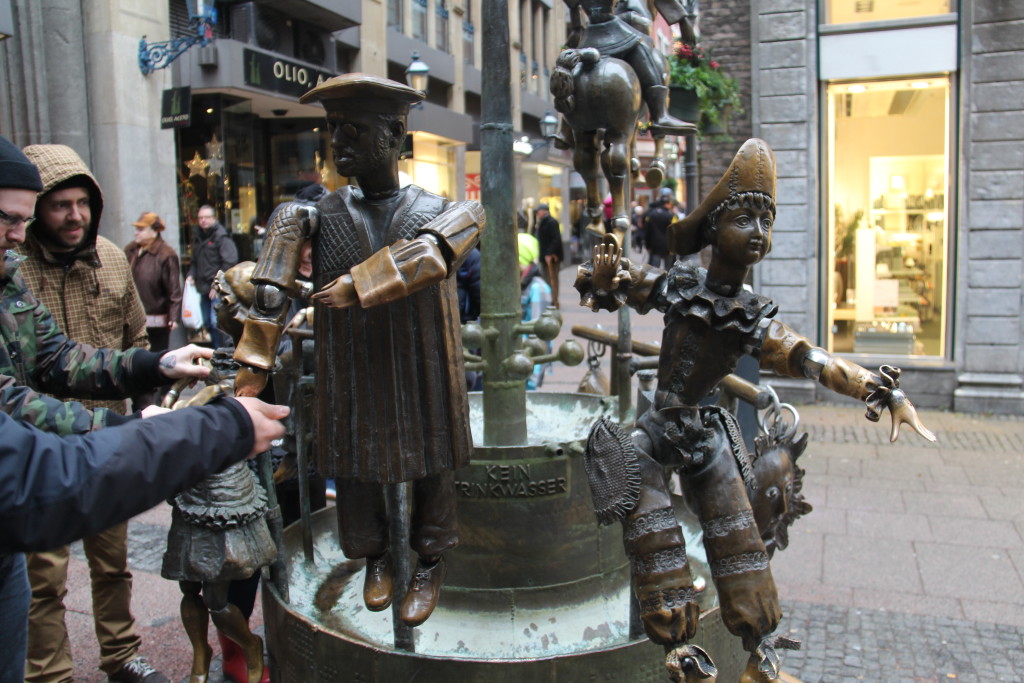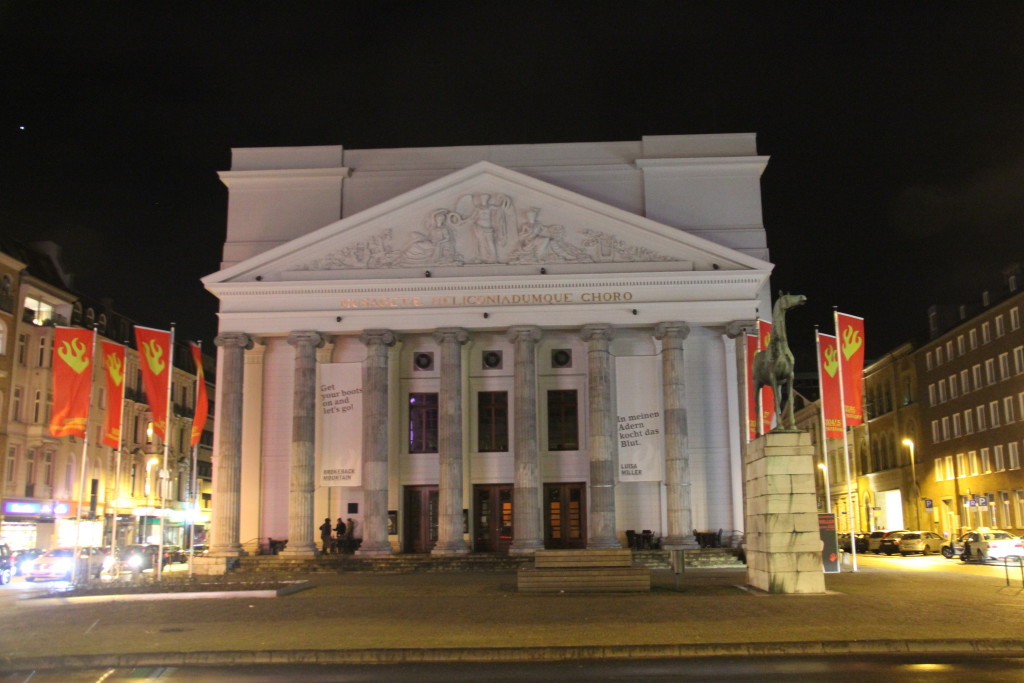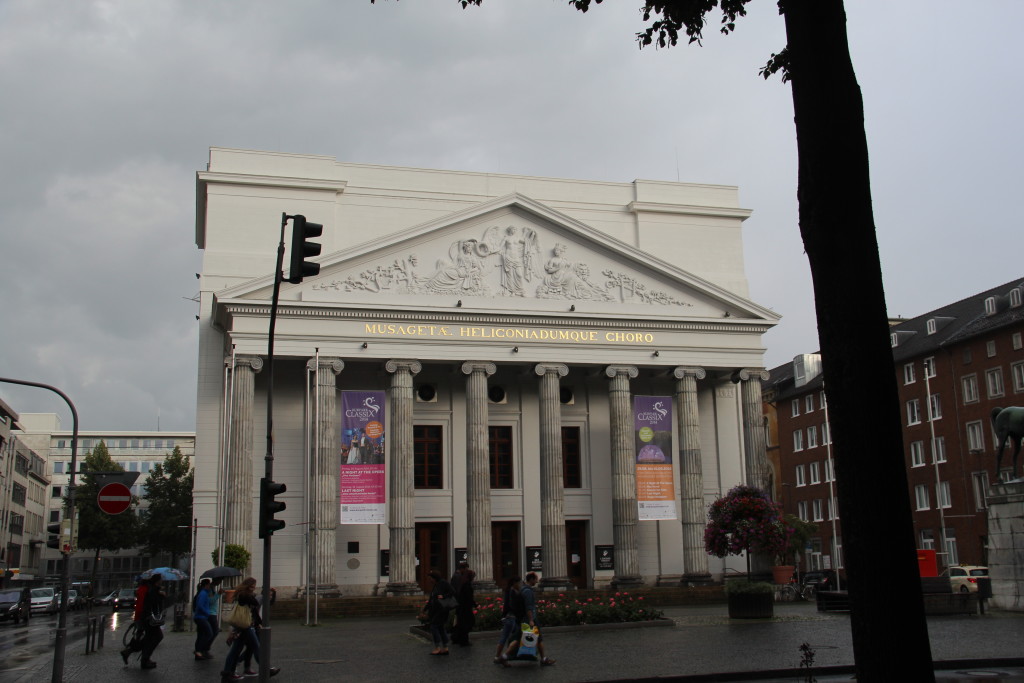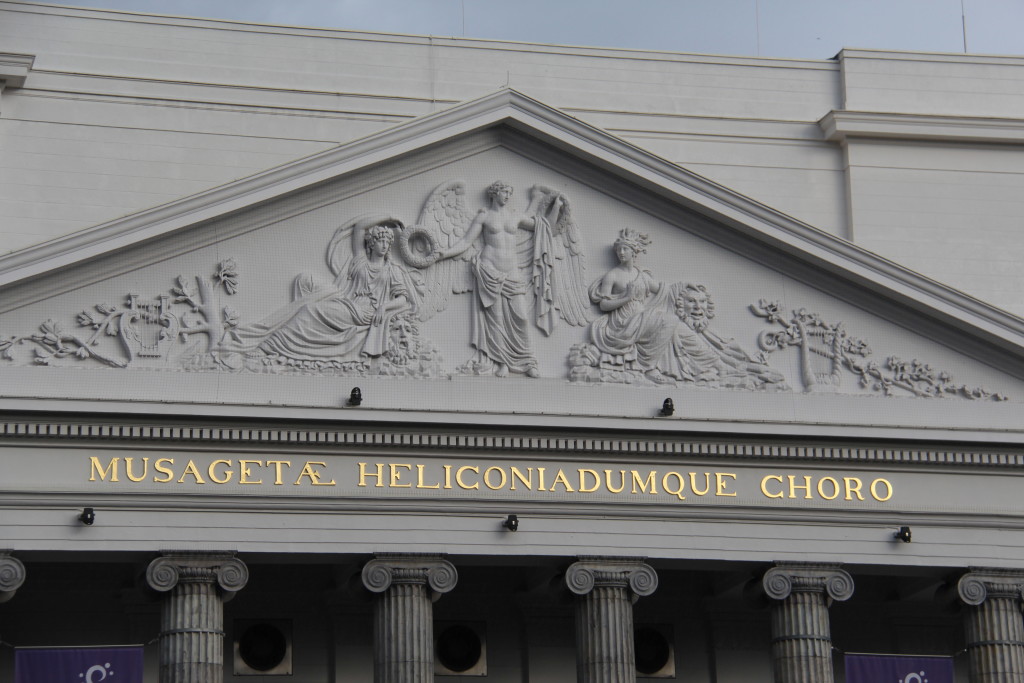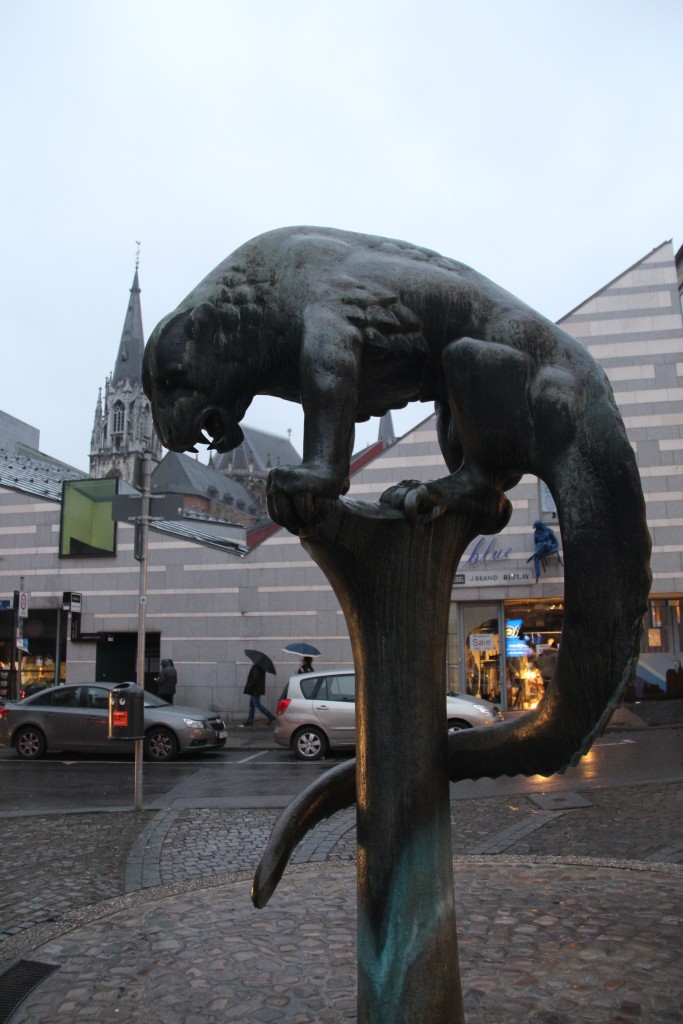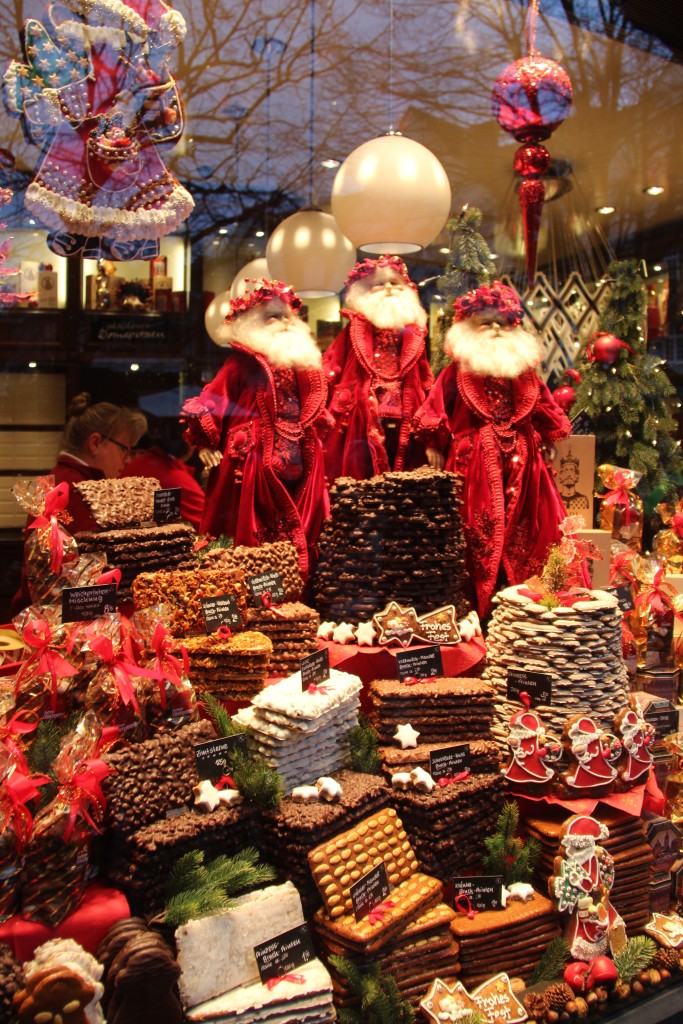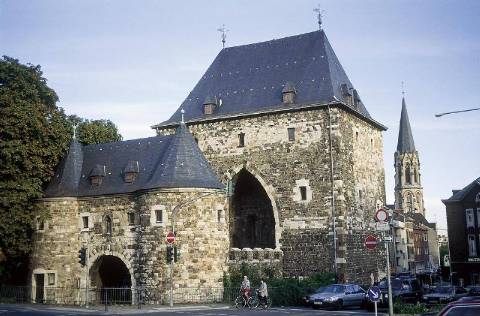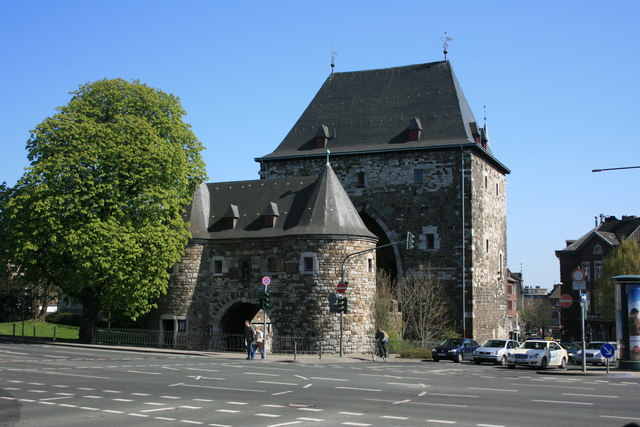
10 things to do in Aachen

Aachen, also called Aix-la-Chapelle in French, is a small city in Germany near the Belgium and Dutch Border. It has 241.683 habitants, which is not that much in comparison with Cologne, which has 1.034.175 habitants. Even if Aachen is not that far away from Luxembourg, it has a large difference when it comes to rainy days. I visited Aachen many times during the last two years and on almost every day, it rained. If you ask the people living there, they always will recommend you to have your umbrella with you!
Since I was used to Cologne, Aachen is completely different. You don’t have the big city style, everything is nearby, just like in Luxembourg. But, I have to admit that Aachen is a really really charming city. It reflects the old German city charm, which I really love.
Especially around Christmas time, Aachen is crowded by people visiting their Christmas markets. As a Christmas freak, I recommend you to visit is at least one time in your life during Christmas time. Aachen is so lovely when it comes to Christmas.
Aachen Cathedral
The Cathedral of Aachen is the oldest church in northern Europe and was the residence of Charlemagne. The Cathedral was used as the coronation place for the German Kings from 936 onwards. It was the first German building, which was declared as a UNESCO World Heritage Site in 1978.
During World Was II, Aachen was heavily attacked. Also the Aachen Cathedral was hit by a bomb and thanks to the self established fire watch, that the Cathedral was prevented from burning down.
The Aachen Cathedral is one of the most beautiful cathedrals I’ve ever seen. It is decorated so ostentatious and everything is covered with gold and amazing paintings. If you’re in Aachen, you just can’t miss the Aachen Cathedral.
Cathedral Treasury
The Cathedral Treasury is a unique place to discover the history of Charlemagne, also known as Charles the Great (in German Karl der Große). During the Middle Ages, he united most of Western Europe as King of the Franks. To get into the Treasury, you have to pay, but it is totally worth it. You’ll see unique pieces of history including human remains of him.
The ticket to get into the Treasury includes a visit of the throne of Charlemagne, which is located in the Cathedral.
City Hall
The Aachen City Hall is located next to the Aachen Cathedral. It was built in the first half of the 14th century as a sign of their civic freedom. It survived the World War I without any damages, but then in the World Was II, it was heavily damaged by bombing raids, but it has been rebuilt and today, it is a striking building.
Especially around Christmas time, the City Hall is decorated by a huge gingerbread man.
Elisenbrunnen
At the time of the Romans, this was a bathhouse and was called Vernenum. Today, the only things that still exist from the old bathhouse, are the two fountains in the Elisenbrunnen. It was completely destroyed during World War II, but originally rebuilt.
It is a hall with two fountains in it. When you approach it, you immediately smell the sulfur, because the hot water comes from the emperor well and is very sulfurous. Despite the smell, it is one of the most famous sights in Aachen, so go for it!
Markt (Marketplace)
The Market place is located just in front of the City Hall and has the shape of a triangle. Almost every big street in Aachen leads to the Marketplace.
In the middle of the place, you have the Kaiserbrunnen, which means the fountain of the emperor. In November/ December, you’ll find one of the Christmas markets in Aachen on the Marketplace.
Puppenbrunnen
The Puppenbrunnen (probably doll fountain in English) is located in the Krämer Street between the City Hall and the Aachen Cathedral. It was built in 1975 by B. Stirnberg.
As the name says, it is a fountain full of dolls, and every single doll has a meaning for Aachen. We have a horse and its horseman, which stands for a horse show; a market-woman, which stands for trade; a prelate for the church; a dummy for the textile industry; a professor and a harlequin for doctrine and culture and carnival masks, which stand for carnival. So, it is a very meaningful fountain as you can see.
There are always a lot of children around, because you can move the arms and legs of the dolls.
Theatre of Aachen
Well, this is the theatre of Aachen. I haven’t been inside yet, but I really like the building and that’s the reason why it is on my to do list in Aachen.
Bahkauv
The Bahkauv is a legendary figure and its name stands for a bath calf, because it lives in the sewerage of Aachen. The myth around the calf is, that it ambuscades drunk men in the night who want to go home. As a punishment, the drunk men have to take the calf on his shoulders, so that they have a really hard way to go home. When they wanted to discuss with the Bahkauv, it gets heavier, but when they insulted it, it gets lighter. The Bahkav never harasses woman or children.
I really like that kind of stories, and that’s the reason why I recommend you to visit the Bahkauv Statue.
Printen of Aachen
Aachener Printen are a specialty of Aachen. It is similar to gingerbread and its origin is protected, so you’ll find all the manufacturers in or near Aachen.
First, they were sold by pharmacists because they said that the Printen would have medical benefits because of its ingredients. Nowadays, they are produced with all kind of flavor, e.g. with almond biscuit or chocolate etc.
You can’t miss them while you’re in Aachen, because the are sold on every corner.
Ponttor and Marschiertor
The Ponttor and the Marschiertor are the two remaining gates of the original wall of Aachen. The pictures aren’t make by myself, because I hadn’t time to take them. But both of them are really worth to visit, because it reflects the originally beauty of the city.
I really love Aachen and I’ll definitely return. What do you think about Aachen?
